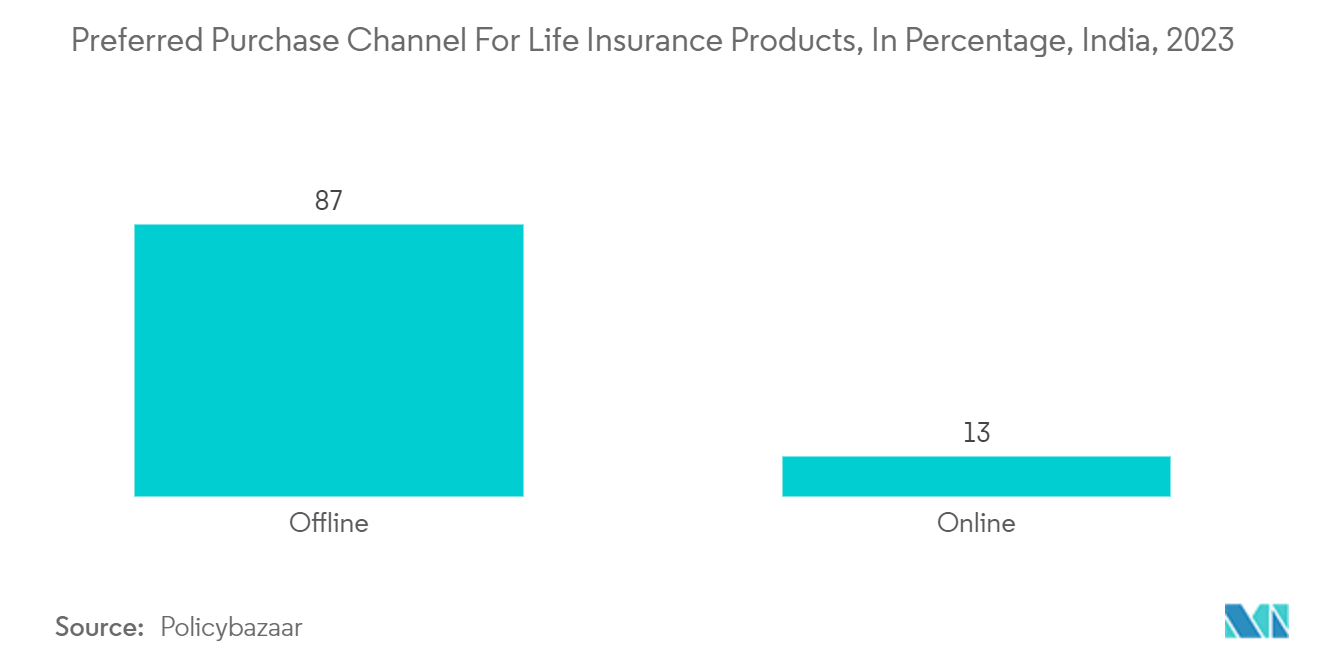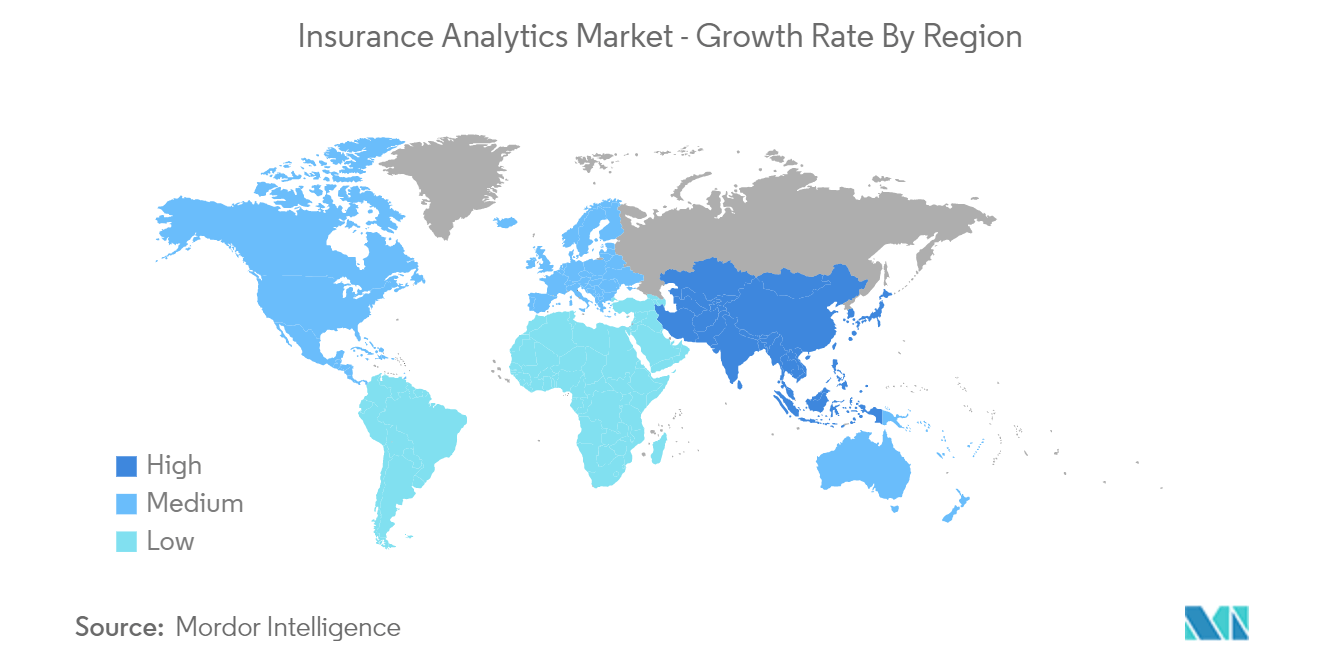Market Trends of Insurance Analytics Industry
Increasing Risks And Fraudulent Activities Are Boosting the Adoption Of Insurance Analytics.
- Risks from man-made and natural disasters are regularly identified and managed in the insurance sector. The need for integrated risk management, which combines knowledge, control, and optimization of routine company operations, is high due to this uncertain risk. Insurance analytics solutions provide the crucial understanding to enhance risk management at all levels.
- 86% of insurance companies are creating insurance data analytics systems to provide the most accurate predictions of big data reports. Data analytics enable unprecedented creativity across all product categories and corporate functions. For instance, instead of depending on internal data sources like loss records, auto insurance started working on behavior-based analytics and incorporating credit ratings from credit bureaus into their study.
- Due to false claims, insurance firms suffer enormous losses every year. Insurers believe that between 10% to 20% of claims are fraudulent and that less than 20% of fraudulent claims are discovered. It is possible to detect fraudulent activities, suspicious claims, and behavioral patterns using predictive analytics incorporating statistical models for efficient fraud detection.
- AI for claims fraud detection is quite beneficial since it can immediately notice patterns, allowing them to identify anomalies and suspicious requests in real-time. Businesses are using AI to speed up the entire insurance claims process and gain access to more advanced fraud detection without adding more staff or spending more money.
- The speed at which claims are settled is crucial to determining how effectively an insurance company runs. Many claim-related tasks are processed quickly, and the entire claim-settlement process is streamlined post-adoption of data analytics' excellent abilities to process and analyze huge datasets.

Asia-Pacific to Witness Highest Growth
- APAC region's insurance analytics markets are primarily driven by the increased adoption of digital infrastructure due to the growing need for customer and behavioral analytics, machine learning, and algorithm development. For instance, In India, Max Life Insurance launched a real-time analytics solution to identify false medical reports and provide relative health scores for a customer.
- Furthermore, populations in the Asia-Pacific region are becoming more urbanized, which brings all the health hazards related to a more sedentary lifestyle. This scenario will urge customers to invest in health insurance plans. Thus there is a vast opportunity for insurers to capture this newly added urban crowd, and data analytics can help study this customer base before issuing them any insurance.
- Insurance companies in the region are investing in automating processes with straight-through processing at the back end and digitally enabling distribution channels on the front end. For instance, Prudential collaborated with Google Cloud for its data analytics solution. Through this partnership, protection, health, and savings solutions will be more straightforward and accessible across Asia.
- In recent years, most Asia-Pacific markets relaxed their limitations on foreign ownership. Six of seven emerging Asia Pacific markets have permitted foreign investors to control and own a majority interest in domestic insurers.
- The laws and regulations for insurers in Asia-Pacific are constantly evolving. These regulatory improvements have focused on policyholder protection, capital preservation, and InsurTech promotion despite the varying degrees of development across various regional nations.


